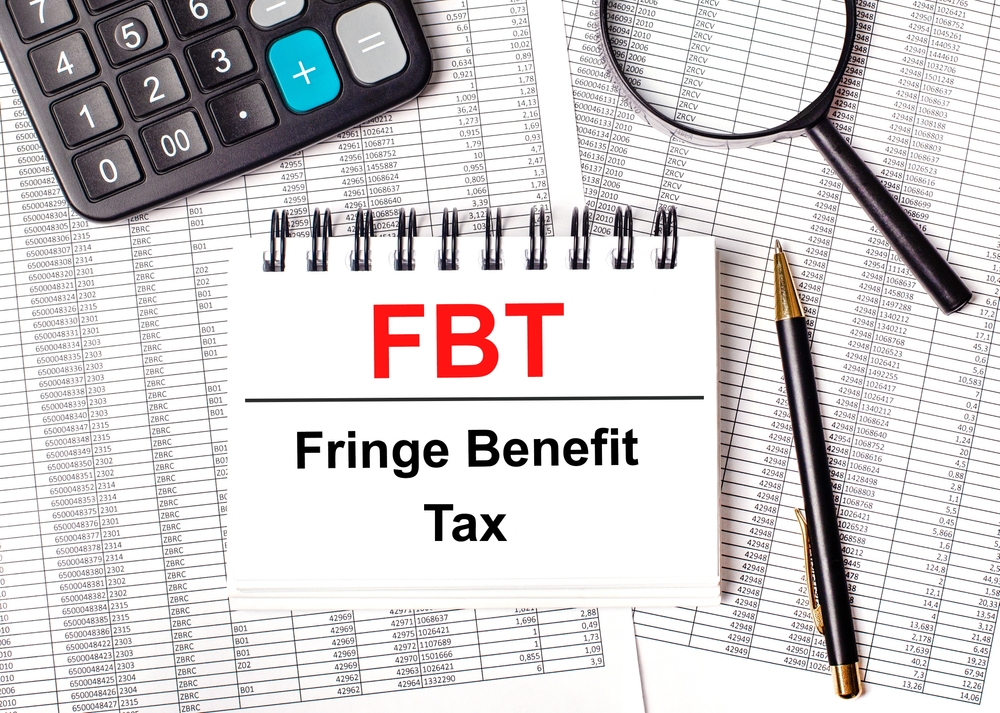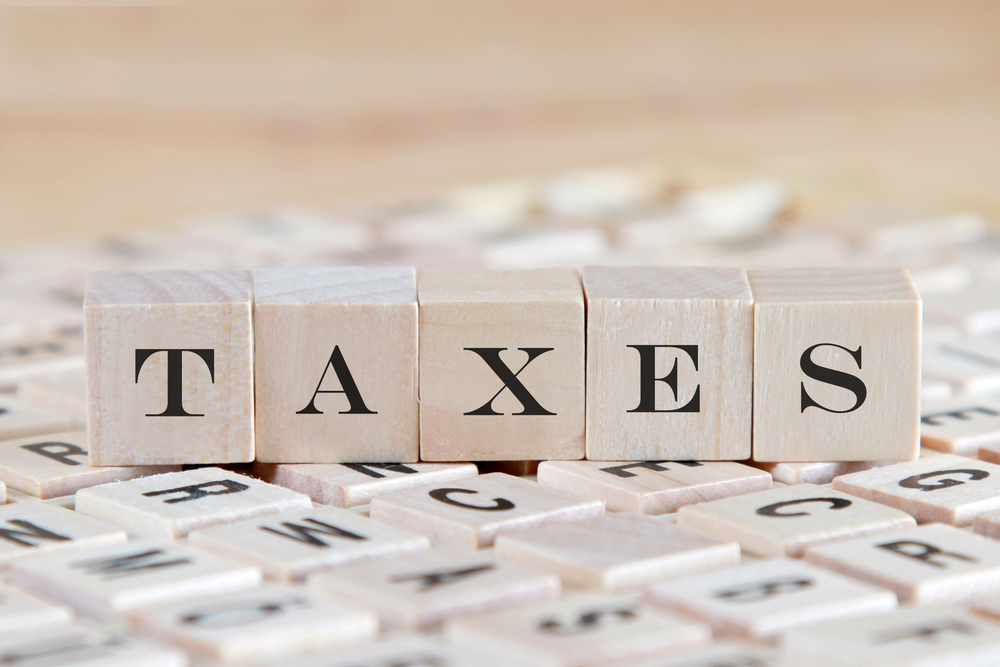Many family businesses in Perth simply want to cut red tape. And the act of lodging a fringe benefits tax return is simply another form that must be prepared and another cost paid to accountants that is effectively sunk money – especially when the amount of fringe benefits paid is potentially low.
Motor vehicles
The provision of a car to employees is typically the most common benefit that employers give to their staff – and with good reason. A car is needed for staff who need to travel to clients and worksites.
The FBT liability comes in when the employee is allowed to take the car home at night. And this arises because the travel from home to work (and back) is considered a private use so the law contains an express provision that garaging the car at home automatically means the car is used personally.
So what do you do?
A car allowance
One option is to pay your staff an amount of money instead of giving them a car. This has the impact that the car allowance is simply taxable income to the employee and the employee then enjoys an income tax deduction for the money they spend on the car.
And the payment of a car allowance is not liable to fringe benefits tax.
So in a perfect world it should “net out” if the employees keep a log book which shows their business and private travel.
The payment of a car allowance also gives the employees a benefit in that get to choose their own car and care for it in the way that they want. And if the employee leaves the company they take the car with them.
We have seen some client become a second hand car yard. As staff come and go in the business the family becomes inundated with cars of every sort that the new staff member simply does not want.
And depending on the size of the car allowance – it is also not subject to payroll tax in WA.
Sometimes paying a car allowance to avoid fringe benefits tax is not a great idea. Some staff (sadly) try and stop travelling to clients in an effort to save money. They decide that the car allowance is “extra pay” and that by then travelling to clients they are “incurring money”.
Of course this attitude is a cultural issue. And it probably means that their are deeper issues in a family business that needs addressing.
However it might not work.
Cents per kilometre
You can also re-imburse staff for the travel on a “cents per kilometre” method which is a variant of the above car allowance concept. It eliminates the need to lodge a fringe benefits tax return and it also makes staff accountable for their travel.
Invoicing the employee
Once concept typically not discussed is the ability of the employee to pay for their private use. So a family business can simply calculate the fringe benefits tax otherwise payable and then invoice a calculated amount to the employee – the employee then pays that cost on a yearly basis.
This concept works well in theory. However practically the recovery of the private use from the employee can become difficult – especially if the employee has resigned.
Some employers “invoice” the employee on a weekly basis for the estimated private use. And this can also work.
The difficulty can arise from the act of getting the “top up” from the employee each year. And if the “top up” arises because of extra costs the family owners are sometimes given the problem of arguing over “whose fault” the extra costs arose from.
A novated lease
At this stage many family business owners will be considering a novated lease. And a novated lease will not erase the fringe benefits tax liability of the family owners.
If you engage in a novated lease you have a “three way” lease. It is a lease between the bank, the business and the employee. And if the employment contract between the employer and employee is cancelled then the employee is released from the contract with the bank – and the employee takes the car.
Keeping the car garaged at work
If the car is kept overnight at work then (clearly) it is not garaged at the home of the staff member. So the law will not deem that the car is available or private use.
If you do require that vehicles are kept at your place of business then you also need to prove that they are kept at your workplace (and also do it of course).
Many employers will practically be unable to get staff to drop off the car at their workplace. The point of giving a car to a staff member is to get them in front of customers and clients – and having your sales force arrive at the office morning and night to avoid a fringe benefits tax liability is counter-intuitive.
Giving them one tonne trucks
The humble ute is not a car. Fringe benefits tax law defines a car as a vehicle that is registered for road use and has a caring capacity of under one tonne (a truck) or less than 11 people (a bus).
And the most popular selling car these days is a one tonne truck.
Sadly the Tax Office is seeking to change the status quote and increase the taxation burden on one tonne trucks . So the short answer is that the employer is required to prove that the private travel of the ute is under a prescribed threshold.
Log books
Taxation law currently applies a set formula to determine the business use of a car – irrespective of how much the car is actually used for business. And this approach was done to simplify the obligation for employees to keep a log book.
If your staff keep a log book you can reduce the liability for fringe benefits tax. And if the log book is 100% business you can eliminate the liability to lodge a fringe benefits tax return altogether.
The downside of this strategy is that employees almost always keep a dodgy log book. Typically “some accountant wants a stupid log book done” and a dogs breakfast is produced. And if the family tells the employee “to make it 100%” then the outcome is worse.
The record keeping obligation for the log book rests with the family business. So if your staff are not producing a log book that will satisfy the Tax Office it is the fault of the family.
You might find that the heartache of getting staff to do a log book – properly – outweighs the heartache of simply lodging a fringe benefits tax return.
Fringe benefits tax to family members
Of course in a family business many of the employees are family members. And many of the fringe benefits tax liabilities sit against the employment of family members.
When you calculate the tax liability the law assumes that the employee is incurring tax at the top marginal tax rate (47%). And this assumption is pretty incredible considering that you do not incur the highest rate of tax until you are earning over $180,000.
So the short answer is that family members can “pay” the business back for the private use of the business asset.
This concept was discussed previously for employees (see above) but it works best for family members. The family member is less likely to leave the business “out to dry” on this type of agreement and family members are generally more vested into the ongoing performance of the business as a whole.
And quite often family members are not yet paid more than $180,000. So, as a total family, the payment of the benefit by the family employee is a great benefit.





